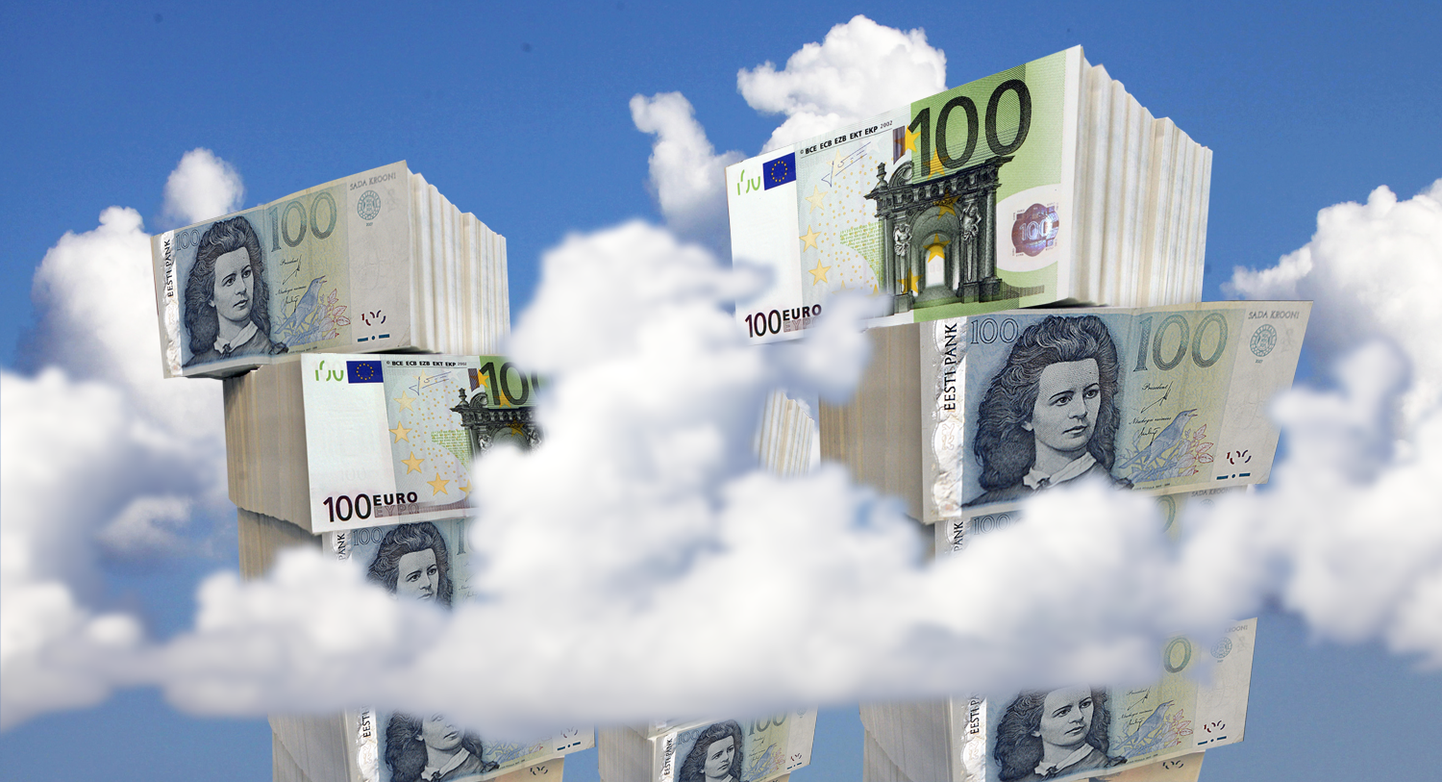
According to the second estimates of Statistics Estonia, in the 1st quarter of 2013 compared to the same quarter of the previous year, the gross domestic product (GDP) grew by 1.1%.

According to the second estimates of Statistics Estonia, in the 1st quarter of 2013 compared to the same quarter of the previous year, the gross domestic product (GDP) grew by 1.1%.
Compared to the previous quarter, the seasonally and working-day adjusted GDP declined by 1% in the 1st quarter. The GDP at current prices was 4.07 billion Euros in the 1st quarter.
The biggest impact on economic growth in the 1st quarter had the increase of value added in trade and energy supply. The growth in trade was supported mainly by the value added growth of wholesale. The increase in electricity production, caused by the growth in energy export, had an impact on energy supply. Also the value added of manufacturing (the biggest activity in Estonian economy) contributed to the increase of GDP. After last year’s declining, the value added in manufacturing started to rise. The value added in manufacturing was most affected by the increase of the value added in manufacturing of computers, electronic, and optical products.
In the 4th quarter of 2012, the biggest contributor to the economic growth was the increase of the value added in transportation and storage. However, in the 1st quarter of 2013 this activity in real terms was slowing down the GDP growth mainly due to the decrease in the freight turnover. The value added in land transport and transport via pipelines decreased significantly.
In the previous year the value added of construction was the main contributor to the economic growth, but in the 1st quarter it decelerated sharply. This was inhibited by the decrease of the value added of construction of buildings and specialised construction activities. However, the value added in civil engineering increased. The main reason is the decrease of construction volumes after the end of construction for improving the energy efficiency of buildings last year.
In addition, the Estonian economic growth was also negatively influenced by the decrease of the value added in professional, scientific and technical activities, mainly due to the decline in the value added of legal and accounting activities.
The economic growth was also inhibited by decreased receipt of excise taxes, which are part of net taxes on products.
In the 1st quarter employment grew faster than GDP at constant prices, while the number of hours worked decreased. Therefore the labour productivity per employee decreased 1% compared to the same quarter of the previous year, while hours worked of the total economy increased by 2%. Labour productivity is calculated by seasonally and calendar adjusted figures. At the same time labour costs for the GDP production have increased. In the 1st quarter unit labour costs increased by 7% compared to the same quarter of the previous year, which indicates that the compensations per employee have grown faster than the productivity. Unit labour costs increased for the sixth quarter in succession.
The export growth of goods and services accelerated to 6%, import of goods and services to 5% in the 1st quarter of 2013. The import of goods was mainly influenced by the growth of the import of computers, electronic and optical products; machinery and equipment n.e.c. and other transport equipment. The export of goods was mainly influenced by the chemicals and chemical products; computers, electronic and optical products and machinery and equipment n.e.c. In the 1st quarter, the share of net exports in the GDP was -0.2%, e.g. the import was bigger than export for the second quarter in succession.
The growth of domestic demand slowed down to 3%, accounting for 99% of the GDP. The gross fixed capital formation decreased 7% in real terms mainly due to business sector investments’ decrease in transport equipment and machinery and equipment. The gross fixed capital formation decreased in real terms last in the 3rd quarter of 2010. The increase of domestic demand was supported by the 4% growth of household final consumption expenditures mainly due to the growth of retail sales. The growth of household consumption was influenced mainly by the increase of food, catering services and operation of personal transport equipment (spare parts and fuel). Domestic demand grew also due to the increase of inventories of goods and materials of the business sector.
Real growth of the GDP, exports and domestic demand compared to the same quarter of the previous year, 1st quarter 2009 – 1st quarter 2013

On 9 September 2013, Statistics Estonia will release regular revision for 2009–2012 based on supply and use tables and annual business reports. The updated data for the 1st quarter of 2013 will be published on the same date.